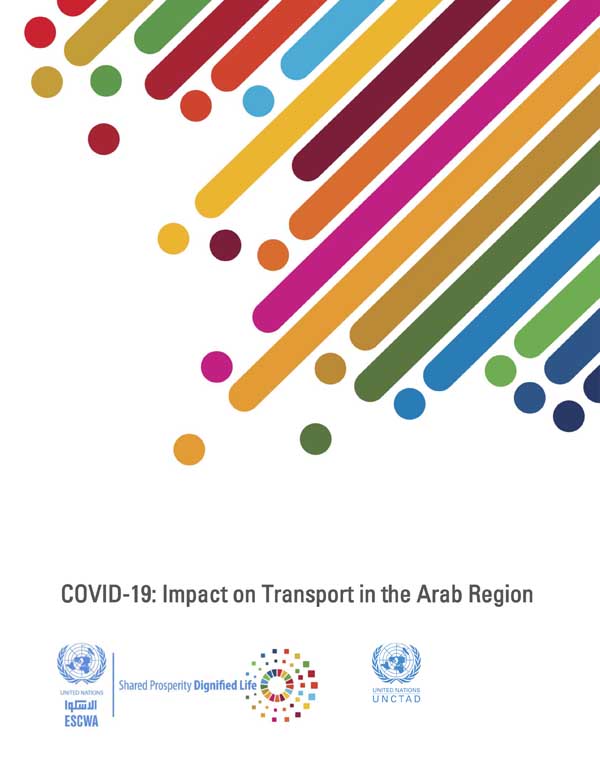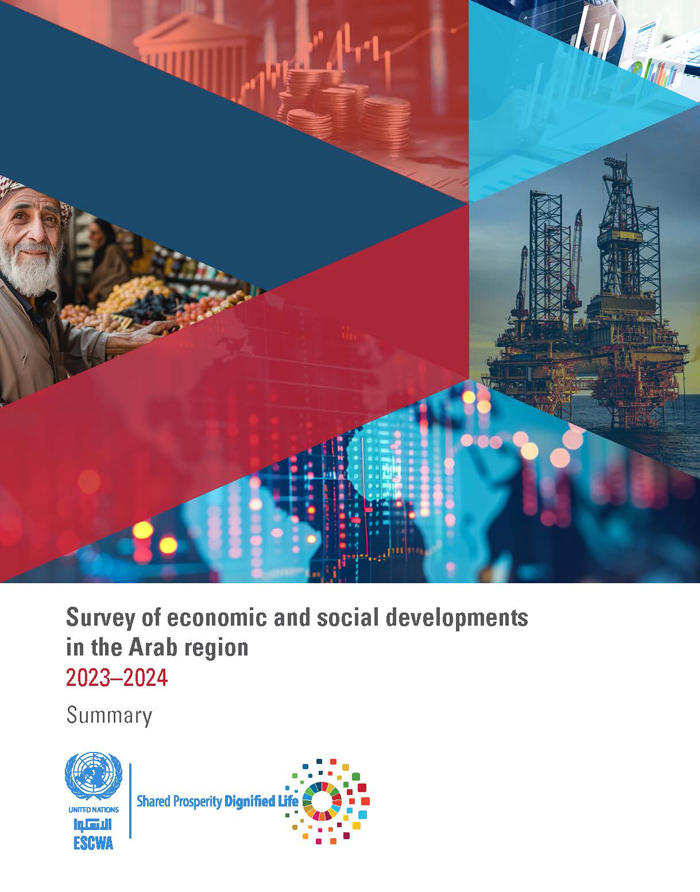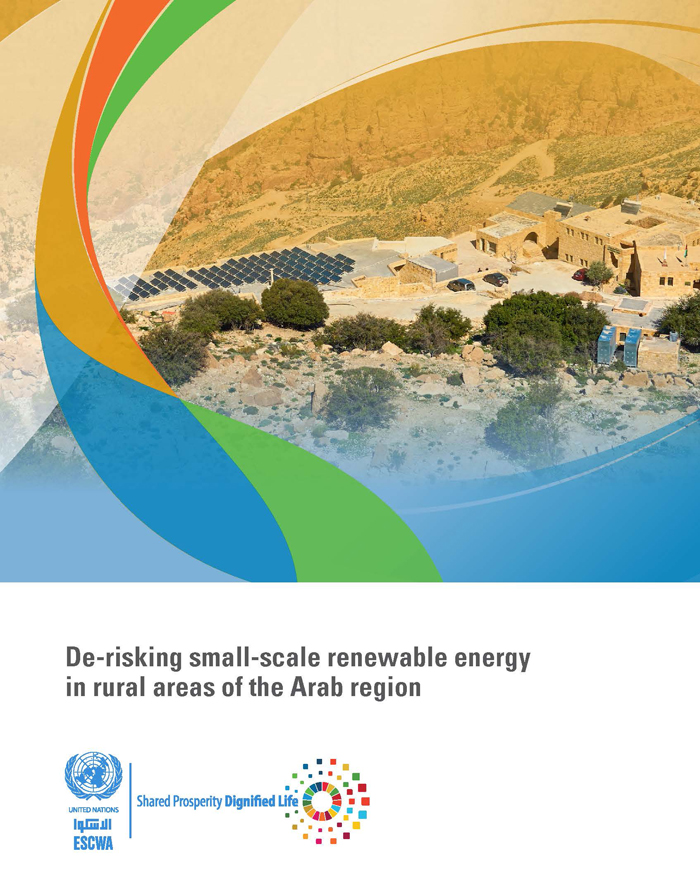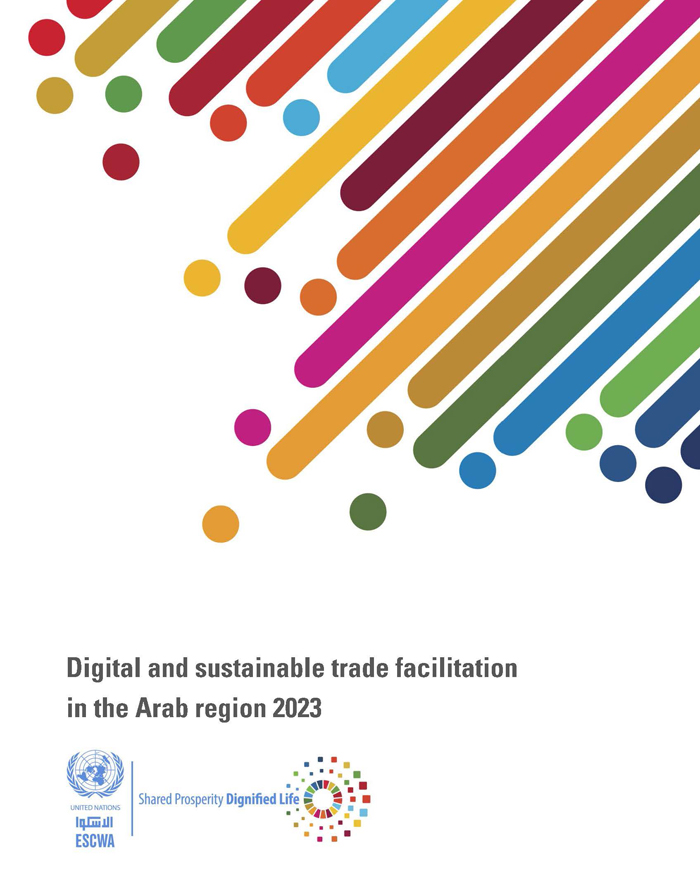
ESCWA Publication: E/ESCWA/CL2.GPID/2020/TP.15
Country: Arab region
Publication Type: Working papers
Cluster: Shared Economic Prosperity
Focus Area: Financing for development
Initiatives: Transport statistics
SDGs: Agenda 2030
Keywords: Air transport, Coastal transport, Inland transport, Maritime transport, Trade statistics, Covid-19, Inland transport
COVID-19: Impact on transport in the Arab region
January 2020
The COVID-19 pandemic has triggered a global health and economic crisis that has transformed the world. The Arab region is not immune to the shock triggered by the pandemic. In line with global trends, GDP in the Arab region is expected to decline at an annual rate of 5.7 per cent in 2020, with the entire economy for the region losing around $900 billion in output between 2020 and 2022. In the worst-case scenario, the region is not expected to return to pre-COVID-19 levels before 2023. The economic prospects of the region remain highly dependent on developments in the energy market, given that oil revenues accounted for nearly two thirds of the Arab region’s nominal GDP in 2019. Meanwhile, foreign direct investment (FDI) inflows are expected to fall by 45 per cent in 2020, and unemployment is set to reach unprecedented levels.
The disruption caused by the pandemic directly affects global supply chains and their underlying transport networks. Border closures and the introduction of various safety restrictions and protocols limiting the movement of people and goods have directly impacted the transport and logistics sectors. Constrained transport activity means that the delivery of trade and essential goods required to fend against the pandemic (e.g. medical equipment, personal protection gear and medicine) is also delayed and hampered. In the Arab region, disruption to transport and trade has varied across countries and modes of transport, with air transport experiencing its worst year ever. Meanwhile, land transport is expected to suffer a relatively smaller shock, while maritime freight transport has shown some resilience despite the wide-ranging adjustments introduced by shipping companies and ports.
Related content
Financing for development
,
The COVID-19 pandemic has triggered a global health and economic crisis that has transformed the world. The Arab region is not immune to the shock triggered by the pandemic. In line with global trends, GDP in the Arab region is expected to decline at an annual rate of 5.7 per cent in 2020, with the entire economy for the region losing around $900 billion in output between 2020 and 2022. In the worst-case scenario, the region is not expected to return to pre-COVID-19 levels before 2023. The economic prospects of the region remain highly dependent on developments in the energy market, given that oil revenues accounted for nearly two thirds of the Arab region’s nominal GDP in 2019. Meanwhile, foreign direct investment (FDI) inflows are expected to fall by 45 per cent in 2020, and unemployment is set to reach unprecedented levels.
The disruption caused by the pandemic directly affects global supply chains and their underlying transport networks. Border closures and the introduction of various safety restrictions and protocols limiting the movement of people and goods have directly impacted the transport and logistics sectors. Constrained transport activity means that the delivery of trade and essential goods required to fend against the pandemic (e.g. medical equipment, personal protection gear and medicine) is also delayed and hampered. In the Arab region, disruption to transport and trade has varied across countries and modes of transport, with air transport experiencing its worst year ever. Meanwhile, land transport is expected to suffer a relatively smaller shock, while maritime freight transport has shown some resilience despite the wide-ranging adjustments introduced by shipping companies and ports.



